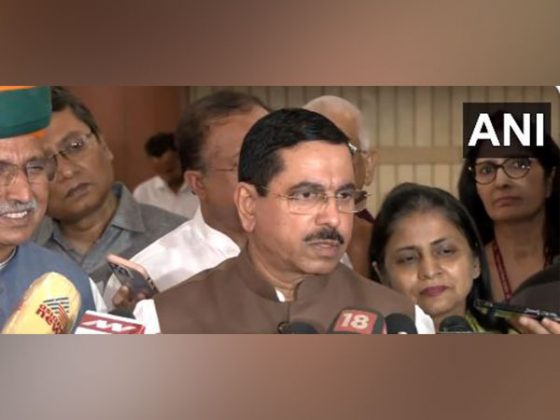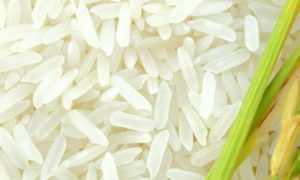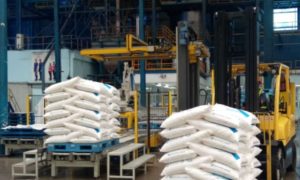In last 10 years, area of sugarcane cultivation increased by about 18%: Union minister Pralhad Joshi

At STAI’s 83rd Convention, Union Minister Pralhad Joshi lauded the sugar sector’s shift from food to energy, citing major gains: 58% rise in sugar output, 40% rise in sugarcane production, near 20% ethanol blending, and increased farmer incomes. Future focus: green energy, R&D, and biorefineries.
At the 83rd Centennial Annual Convention of the Sugar Technologists’ Association of India (STAI), Union Food Minister Pralhad Joshi highlighted the significant transformation of India’s sugar industry, praising its evolution from a simple commodity market into a vibrant energy sector.
The minister lauded the industry’s shift, which has turned India’s farmers from ‘Annadata’ (grain providers) into ‘Urjadata’ (energy providers).
Highlighting government achievements, he stated, “In the last ten years, under the leadership of Prime Minister Narendra Modi, the area of sugarcane cultivation has increased by about 18%, sugarcane production has increased by 40%, yield increased by 19%, and sugar production by 58%. The Fair and Remunerative Price (FRP) has been increased from Rs 210 per quintal in 2013–14 to Rs 355 per quintal for the 2025–26 sugar season. Around 99.9% of dues were paid to the sugarcane farmers in the 2023–24 sugar season, and over 90% of dues are cleared for the 2024–25 sugar season. With consistent and stable sugar retail prices, our government is taking care of the interests of both farmers and consumers.”
“For a sustainable sugar industry, our government has undertaken multiple initiatives, including the National Policy on Biofuels 2018, amended in 2022, to permit various feedstocks for ethanol production such as wheat residue, agro-waste, and industrial waste,” Joshi said. “Our government also allowed the use of sugarcane juice, sugarcane syrup, B-heavy, and C-heavy molasses to produce ethanol. The Department of Food and Public Distribution introduced an interest subvention scheme for sugar mills to enhance ethanol production capacity. Additionally, a Financial Assistance Scheme for Cooperative Sugar Mills (CMS) was created to convert existing sugarcane-based ethanol plants into multi-feedstock-based plants to further boost ethanol production capacity. These initiatives have helped reduce surplus sugar stocks and boosted the biofuel economy. All these developments have transformed the country’s sugar sector from a sluggish commodity market into a vibrant energy sector and converted our ‘Annadata’ (grain providers) into ‘Urjadata’ (energy providers).”
Joshi emphasized that India is the world’s second-largest sugar producer, accounting for about 20% of global production, and the largest consumer, with roughly 15% of global sugar consumption. The sector supports over 55 million farmers and 500,000 workers, directly or indirectly, thanks to the continued efforts of scientists and research institutions. Over the past decade, new sugarcane varieties have been developed, resulting in high yields and record sugarcane production.
India’s ethanol sector has also undergone a paradigm shift, increasing blending rates from around 1.5% in 2013 to nearly 20% by 2025, supported by significant capacity scaling, feedstock diversification, and progressive policy measures under the Ethanol Blending Programme.
Looking ahead, Joshi urged the industry to prioritize zero liquid discharge, water efficiency, and green energy to ensure sustainable growth. “With research and development and digital technologies, sugarcane mills will evolve into multi-product, energy-efficient biorefineries. Together, we will build a resilient, diversified, and globally competitive Indian sugar sector to achieve our vision of a developed India by 2047.”
“The sugar industry is at a crossroads,” said Roshan Lal Tamak, Executive Director & CEO of DCM Shriram Ltd during the event. “There is immense potential, but it is upon us to ensure that this potential is fully realised. Today, in the age of the bioeconomy, the sugar industry is making significant contributions as it is inherently green. To sustain growth, we need strong policy support in areas like Sustainable aviation fuel (SAF), Compressed Biogas (CBG), and 2G ethanol.”
To Read more about Sugar Industry continue reading Agriinsite.com
Source : Chinimandi
















